Keep Up to Date with MDG
MDG News and Updates

The Underlying Cause of H2S and How to Reduce It
Elevated hydrogen sulfide (H2S) levels are a serious concern for wastewater operators and introduce a variety of treatment challenges. While many treatment options reduce the symptoms of H2S (odors, safety risks, and corrosion), they are reactive and neglect the underlying culprit: sulfur-reducing bacteria (SRB). A discussion of H2S generation will aid in exploring the pros and cons of common reactive H2S treatment methods and how bioaugmentation can be a proactive treatment method. The Escalating Phases of H2S At low concentrations, H2S exhibits a rotten egg odor. At high concentrations, H2S can cause corrosion or physical harm including loss of consciousness or death in extreme cases. Understanding how H2S is generated and changes through its breakdown cycle is crucial to making informed treatment decisions (Figure 1). Figure 1: Sulfate breakdown in a typical wastewater environment. The process starts with sulfate, which is often present in wastewater. Normal levels of sulfate are harmless and natural. Sludge and fats, oil, and grease (FOG) are another common component of wastewater. When combined, sludge and FOG can create a reaction which removes oxygen from wastewater and potentially creates an anaerobic environment SRB thrive in anaerobic environments with high levels of sulfate. The higher the concentration of SRB, the higher the potential for H2S production. Most H2S treatments occur at this point in the breakdown chain, either by enhancing the non-SRB microbial community by introducing additives, or by removing H2S. If H2S goes untreated, […]

2021 Expansion Spotlight: New Spray Drying Structure
Microbial Discovery Group has broken ground on two new expansion projects in Oak Creek, WI, beginning the first of multiple 2021 capital expansion plans. Completion of the 2021 plan will result in a total investment of $2.7M into the Milwaukee-area. MDG’s business is built on supplying naturally-occurring, bacteria-based products to a multitude of different industries: bioremediation, wastewater, industrial and institutional, landfill, human health, aquaculture and more. Two projects are currently under construction and are scheduled to be completed by late summer, these include, an expansion of the powder blending room and the building of an external structure to house multiple spray dryers. MDG’s blending room will double in size, resulting in greater capacity and volume throughput in response to increased demand across all markets. This expansion is a foundational step, offering MDG the ability to add various blenders, powder milling equipment and additional equipment in future years. The external structure will house a new commercial spray dryer and pilot spray dryer, both currently being built off-site. MDG’s plant bioculture market will benefit from the smaller micron size of spray-dried culture, as they dissolve faster and can be incorporated into field applicator sprayers. Additionally, this development paves the way for additional […]
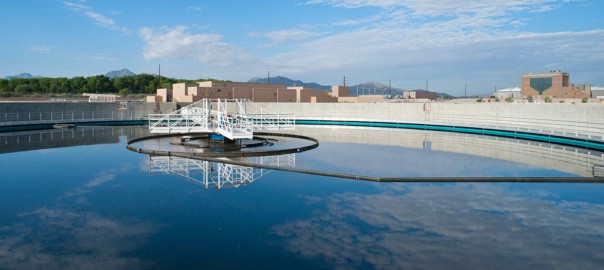
Alternatives to Ferric Chloride Offer Superior Economic and Treatment Improvements
Similar to many other chemicals, the price of Ferric Chloride has fluctuated over the years. While customers can typically handle slight changes, the industry has seen fluctuations in pricing, as large as, 4X the previous market average in recent years. For small to medium wastewater treatment plans, a price increase on a high-demand product, such as Ferric Chloride, encourages operators to search for alternative treatments. Does MDG offer a replacement to Ferric Chloride? Bioaugmentation is a direct replacement to Ferric Chloride that offers superior economic and treatment benefits in two main applications. Hydrogen Sulfide (H2S) Control: Ferric Chloride is often used as a sulfur binder in anaerobic digestors, aerobic sludge digesters, collections systems, force mains and lift stations as a sulfur binder. The Biotifx® line offers alternative products specifically focused on H2S abetment, backed by case studies and in-field success. Settling in Secondary Clarifiers: Ferric Chloride is used as a settling aid and percipient in primary and secondary clarification. Secondary clarification for biological waste activated systems that use Ferric Chloride can be replaced with bioaugmentation to improve the settling of that system. Is Bioaugmentation an easy switch from Ferric chloride? Bioaugmentation is a simple switch featuring a small footprint and minimal […]

Under the Microscope, MDG’s Microbiologist II: ALEMAYEHU DASHO
MDG’s Microbiologist II, Alemayehu Dasho, is a familiar face in the lab. From working on samples to presenting his finding to the team he does it all with a smile. What drew you to Microbial Discovery Group? I used to work in a veterinary clinic where I had a chance to treat animals with antibiotics for bacterial-related infectious diseases. After treatment, many animals have been exposed to digestion-related problems because of antibiotic effects on normal microflora. There were no products in the market like products of MDG that could be used to replace the microbial community in the gastrointestinal tract of domestic animals in the form of animal feed. Seeing this problem, I desired to work on the animal probiotic side, MDG opened that door. What does your typical day look like? Typically, my day is spent in the lab working on samples from the production facilities. Tasks I perform include plating and counting colonies on each plate for finished products, cultures and fermentation samples in addition to DNA extraction of culture and fermentation samples. What are you passionate about? I am passionate about self-development and learning new things through involvement in different projects. […]

How to Increase Your Sales
Could you benefit from higher income per sales hour? Lower hours spent per close? Higher close rates? This is what’s possible when you distribute quality, science-backed bioaugmentation solutions that are paired with an easy-to-understand, product education program for your sales team. Premium Solutions + Effective Training = Success At MDG, we’ve taken the time to work with the scientific community to not only understand what’s taking place inside wastewater systems, but also how to improve the efficiencies within. This knowledge of the wastewater industry has helped us develop products and an effective training program that allow you to increase your sales while expanding business with your current customers. At MDG our tagline is Real Science, Trusted Process and Proven Success. MDG refines and delivers products and ideas by applying Real Science to a Trusted Process, yielding Proven Success. Here’s a look at what’s possible when you partner with a wastewater treatment manufacturer like MDG and distribute Biotifx® solutions. Sales Per Hour When selling Biotifx® solutions, specifically for lagoon treatment, a team of 5 sales representatives can typically expect to make $1,042 per hour on average after 1-6 months of onboarding. After 7-12 months, that dollar amount typically increases to about $2,083 per hour. These numbers are based on historic data and are possible when your team completes our thorough […]
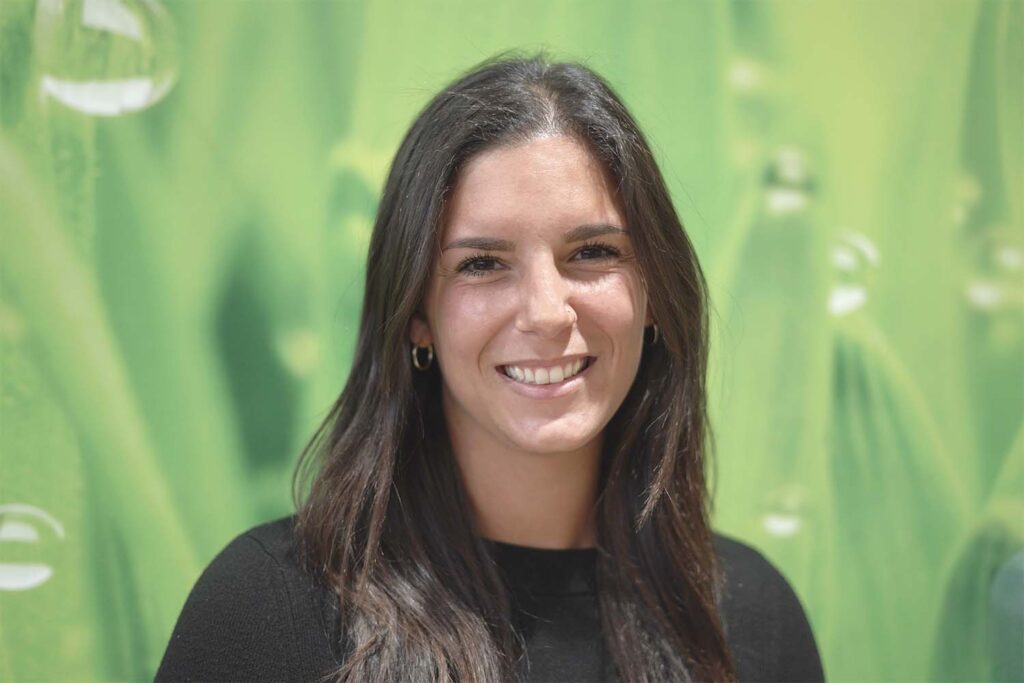
Under the Microscope, MDG’s Industrial & Institutional Sales Manager: Jenna Trusso
Jenna Trusso, Industrial & Institutional Sales Manager, is always ready to offer a helping hand. We recently sat down with the head of our Feed Clean Save program to learn more about how it has grown and what’s planned for the future What is the MDG Feed Clean Save Committee? MDG’s vision is to Feed, Clean and Save the World. While our products do that each and every day, our employees also like to extend efforts locally through volunteer projects. The FCS Committee is a group of employees who plan and execute activities in support of our local community. Each organization we work with contributes to an aspect of FCS. In addition to volunteer projects, the FCS Committee also keeps our vision top of mind for employees as it is a huge part of our culture. We like to say that everyone can make a difference, but only through action… the FCS committee is all about action. What is your role in the committee? Alongside the other members of the FCS committee, I assist in setting goals for the year, help to plan activities and participate in all events. As head of the committee, I get to take on a […]
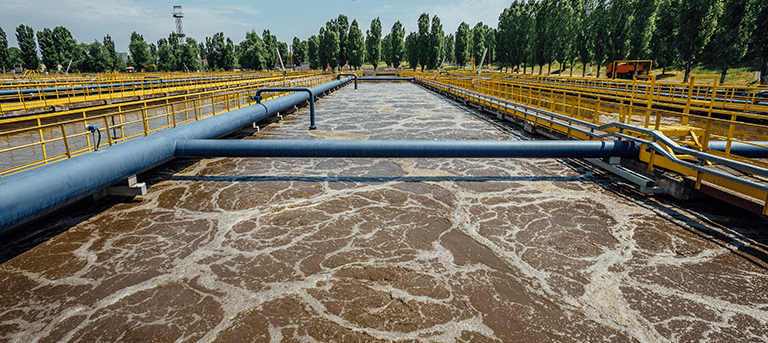
Resolving Toxic Upsets: Quats in Wastewater
Earlier in this article series, we touched on how bioaugmentation treatments for wastewater have been around for 50+ years to help resolve toxic upsets. We also explored how Bacillus, a certain genus of bacteria that can be used in microbial treatments, are resilient to oxidizers. Today, we’ll examine how Bacillus are resistant to another powerful but non-oxidizing anti-microbial: Quats. What are Quats? Quaternary ammonium compounds (QAC, also referred to as “Quats”) are potent disinfectant ingredients found in both household and industrial cleaners. Some common examples are benzalkonium chlorides (BAC, BZK, BKC), alkyl dimethyl benzyl ammonium chlorides (ADBAC) and several other compounds identified by the words ‘ammonium chloride’ at the end of their names. How Quats Work Quats kill bacteria by puncturing or disorganizing the cell membrane, leading to interior component leakage and ultimately cell death. The use of Quats is especially common in food processing plants as tools for combating bacterial growth and contamination in the end-product. While this is effective for facility sanitization, it can potentially lead to problems in wastewater systems as they depend upon their inherent microbial community to function properly. Effects of Quats in Wastewater When a toxic substance like a Quat enters a wastewater system, it can drastically alter the […]
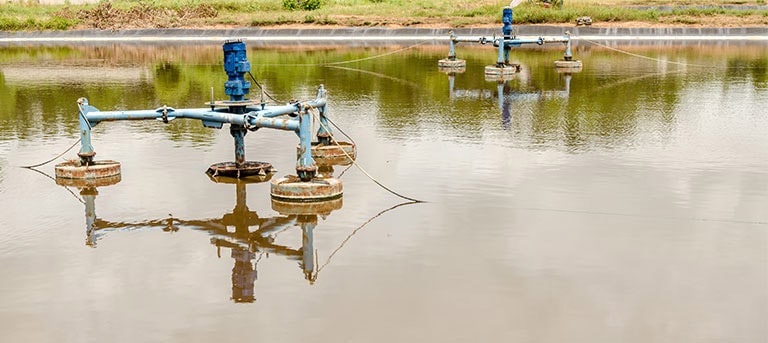
Optimizing WAS Holding Systems
Before we walk through how to help your customers optimize their WAS holding systems, it’s important to understand how they work. How does a WAS Holding System work? Waste Activated Sludge (WAS) holding systems are a common part of operations in wastewater treatment plants (WWTPs). A WAS holding system, typically in the form of a sludge tank or lagoon, holds sludge after it has been wasted or removed from a clarifier. WAS systems may have aeration and mixing to help digest more sludge before hauling. Some systems will only hold sludge until it’s hauled away (liquid disposal), while others will concentrate the sludge by periodically allowing the sludge to settle and remove water from the top (decanting). After the sludge leaves the WAS holding system, it’s dewatered through a sludge press and disposed of or hauled as liquid. Getting to the Bottom of It If you ask an operator if they have any pains or issues, they may say, “I don’t”. However, they may not know if they do if their system has consistently under-performed and it’s always been that way. Typically, until they see a 20-50% reduction in sludge hauling along with reduced odor and labor costs, they may continue to think […]
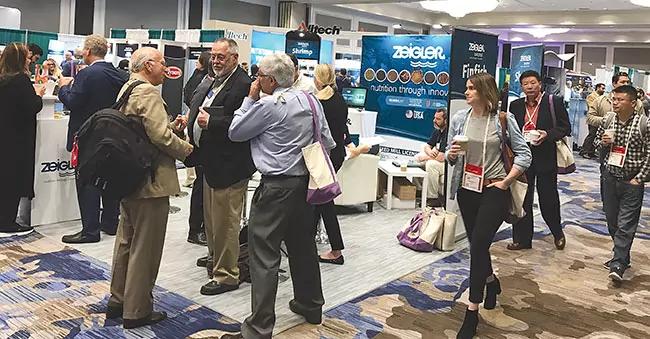
Identifying Pathogenic Potential – Aquaculture America Conference: Feb 9-12th
Sona Son, Technical Manager at Microbial Discovery Group, presents a new MDG Technology Development at the Aquaculture America Conference Feb 9-12th, 2014. See poster abstract below. If you’re dealing with problems associated with Vibrio aquaculture pathogens, we look forward to discussing our work with you. Please contact us at info@mdgbio.com. COMBINING THE USE OF WHATMAN FTA CARDS AND DIAGNOSTIC PCR ASSAYS TO DETERMINE THE PATHOGENIC POTENTIAL OF SHRIMP WATER SAMPLES SHIPPED OVERSEAS Sona Son, Amy Lange, Heather Behn and Michael King Microbial Discovery Group and JBS United Pathogenic Vibrio spp. are a major economic concern in the shrimp industry causing global losses of approximately $3 billion USD annually. To find potential Vibrio minimizing strategies, a thorough and regular study of virulent Vibrio species collected from shrimp ponds is required. Studies of virulent Vibrio from the field is impeded by changes in the microbial community during sample transport and current field testing methods that do not accurately assess Vibrio virulence. In this study, the use of Whatman FTA (fast technology for analysis of nucleic acids) cards to preserve Vibrio community DNA during transport was combined with a Vibrio harveyi and Vibrio campbellii haemolysin virulence gene based multiplex PCR assay1. Successful protocols will later give rise […]
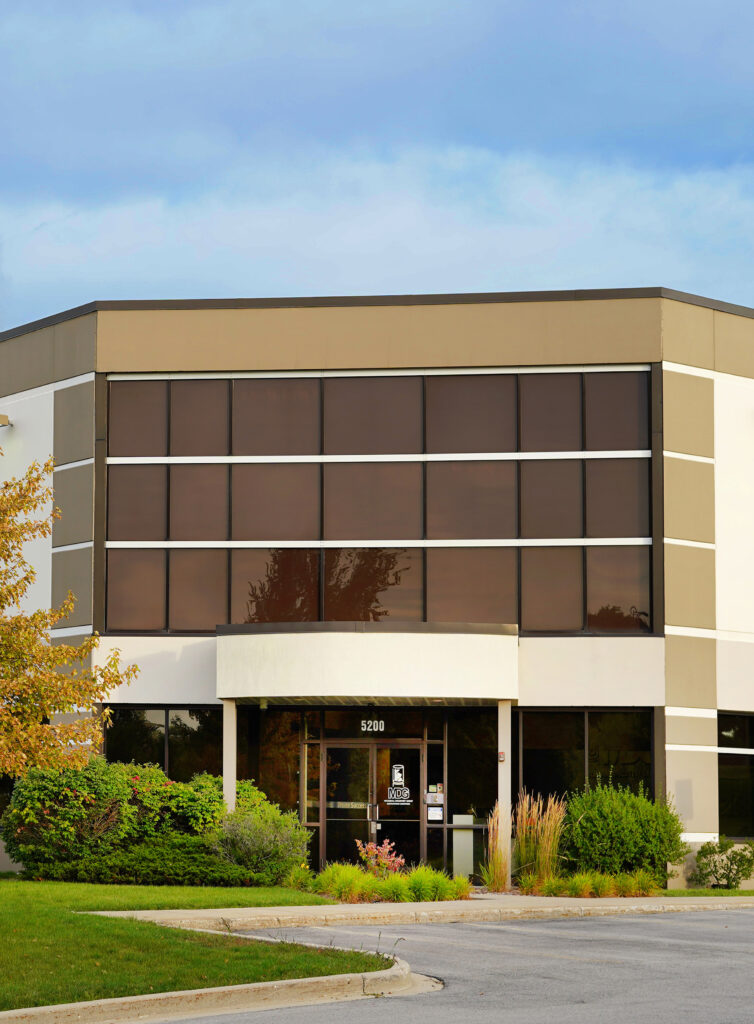
Microbial Discovery Group Completes Expansion
Microbial Discovery Group (MDG) LLC celebrated the expansion of their R&D and production facility with a ribbon cutting on August 5th. Microbial Discovery Group (MDG), founded in 2007 in their current location in Franklin, WI, needed to expand to meet demand for new opportunities for microbial-based products and solutions. MDG added a second laboratory and expanded the MDG facilities and workspaces to double the number of possible employees and accelerate the rate of technology development. This expansion was on the heels of manufacturing expansion and processing changes that almost doubled capacity the year before. According to MDG founder, Michael King, Ph.D., “As MDG continues to scale-up to meet demand; the number of team members has grown from 2 to 20 employees making this expansion an absolute necessity. We needed to make room for the second laboratory but most importantly needed to house our most valuable asset, our people.” MDG’s talented team includes scientists, engineers, technical support, production, business development and customer service. The $500,000 expansion and facility update added an additional 3500 square feet of laboratory and office space for two recently hired microbiologists, one admin position and additional interns. MDG is currently recruiting two more scientists, a production manager and a regulatory/international registration […]